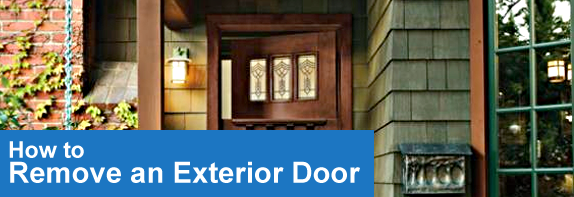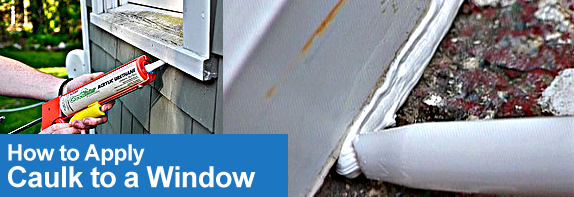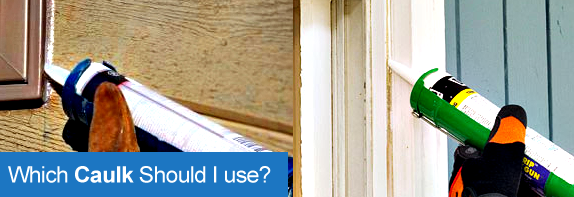
The process of removing an entry door varies quite a bit depending on your situation. There are a few things you should look into first.
- Check to see if there is an alarm system built into the door. There may be wires that need to be cut, or removed.
- Check the top horizontal exterior trim, and see if there is an integal flashing that goes behind the trim. It usually sticks out a bit to direct the rain around the door. If there is, then you want to consider leaving the top trim in place. You can still put the door in from by tilting it from the inside. The video below talks about this.
- be sure to have an assistant there to help with removing the door frame.
- Measure the door after you have removed the interior trim, and confirm that the new door you will be putting in fits the opening you are about to create.
Once you have check for these things, you ready to remove the entry door. Below is a video that can help show you how to remove an entry door that has 2 sidelights. The process of taking out an old double door is pretty much the same.



